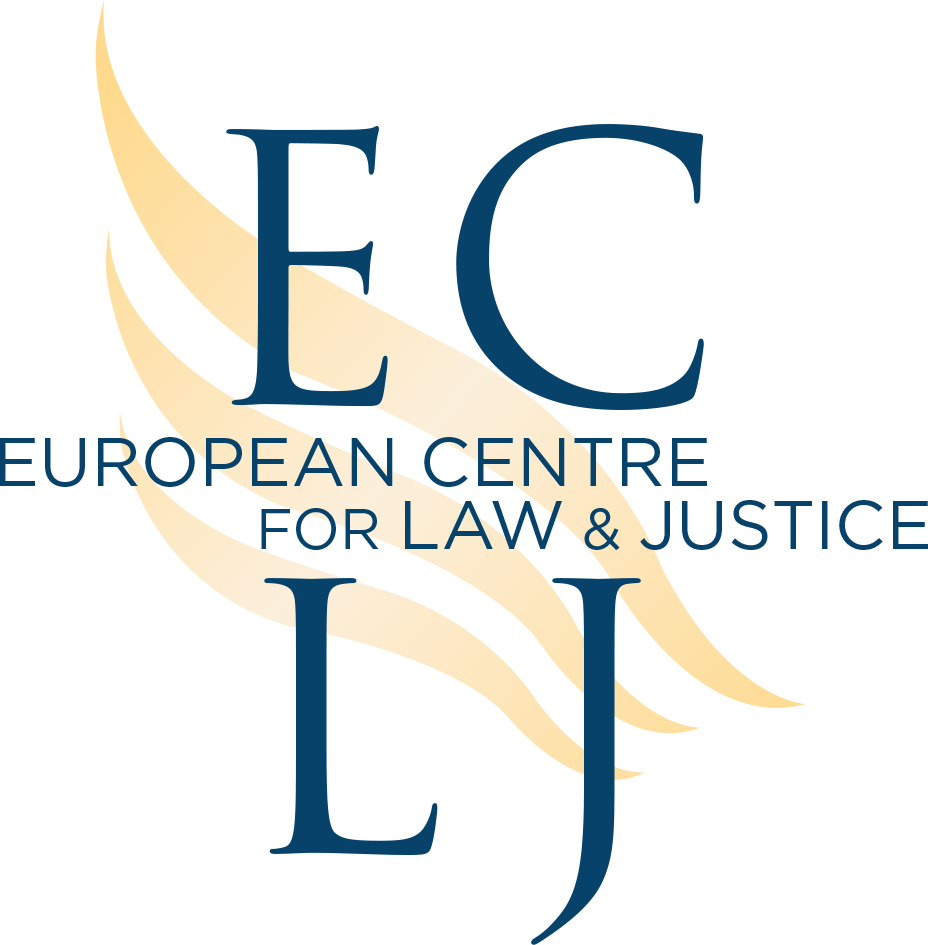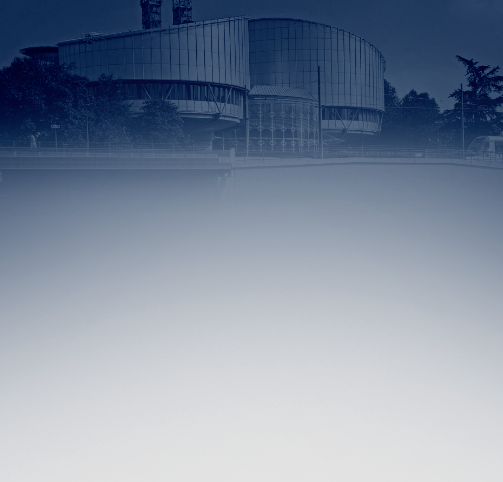On Friday April 19, 2024, the Parliamentary Assembly of the Council of Europe (PACE) unanimously adopted several important texts on “The protection of children against online violence”, citing ECLJ's work in this field. For several years now, the ECLJ has been developing its expertise in this field, with the aim of understanding the extent and seriousness of the phenomenon, so as to be able to respond to it.
Would one let a child watch what goes on in a brothel? No? Yet, that’s what online pornography within the reach of young people amounts to, not to mention the metaverse and its multisensory potential. In 2013, the European Parliament noted that the use of pornography was becoming commonplace among young people and permeating their development. As for the Parliamentary Assembly of the Council of Europe (PACE), it said it was “alarmed by the unprecedented exposure of children to pornographic imagery, which is detrimental to their psychological and physical development.” The ECLJ recently published a report on how to protect children and adults from pornography. However, we first need to understand the scale of the phenomenon.
Increasingly massive exposure to pornography
While pornographic content is normally for adults only, studies show that minors are increasingly exposed to it. In fact, according to a 2017 IFOP study, “in the course of their lives, 63% of boys and 37% of girls aged 15 to 17 have already surfed a site at least once to view pornographic films.” The same is true in the U.S., where a recent survey revealed that 73% of 13-17-year-olds have been exposed to online pornography. The trend is upward.
It’s also the lowering of the age of first pornographic viewing that’s worrying: in 2016, for example, almost 49% of American male students said they had discovered pornography before the age of 13, and this phenomenon now reaches children as early as elementary school. The frequency with which young people view pornography is also a cause for concern. In 2022, 59% of American teens aged 13 to 17 said they had intentionally viewed pornography at least once a week. According to IFOP, in France in 2017, 36% of adolescent males reported surfing on X websites once a month or more.
This massive phenomenon can be explained in a number of ways. Firstly, the digital age has made pornography just a click away. It even infiltrates school grounds via smartphones, which are increasingly common among minors. According to Ennocence’s 2016 report, the porn industry’s “fierce marketing” and “various techniques used by it to attract unwitting Internet users” is one significant reason (ad clicks, homepage hijacking, clandestine sites, use of hidden keywords, illegal download, streaming and live streaming websites). It has to be said that the exposure of minors to online pornography brings in a lot of money for this industry: around 789 million dollars a year, with such accidental exposure generating around 147 million dollars, not to mention the fact that these minors are tomorrow’s customers.
The harmfulness of pornography for children
Pornography has a major impact on young people, due to their sensitivity to dopamine. One of the characteristics of the adolescent brain is its ability to change in response to the environment, by modifying the communication networks that link brain regions. While the plasticity of this brain enables enormous progress in learning and thinking, it also makes them more vulnerable to the development of mental disorders and dangerous behaviors. Pornography is therefore detrimental to the normal processes and maturation of a child’s frontal cortex. The use of pornography causes serious psychological damage to children. Research shows that “the disturbances induced by the viewing of this kind of programme by young children can induce psychic disturbances and behavioural derangements analogous to those of sexual abuse”.[1]
Early viewing of pornography is not without consequences, as PACE recently recognized: It “bring[s] increased risks of harmful gender stereotyping, addiction to pornography, early and unhealthy sexual relationships, sometimes triggering harmful sexual behaviour by children in respect of their peers, sexual violence and abuse including cyberbullying, as well as difficulties with developing balanced relationships in future life”, it “blur[s] the boundaries of normal curiosity towards sexuality and socially acceptable behaviour. It undermines respect for human dignity, privacy, and physical integrity.” Young people's exposure to pornography leads to the development of unrealistic and distorted expectations of sexuality and misleading attitudes towards human relationships.
IFOP reveals that “73% of boys in secondary school think that X-rated films have helped them learn about their sexuality.” Admittedly, pornography is just a representation of sexuality, but teenagers don’t distinguish between film and reality, especially since the sex they’re viewing is very real. Exposure to sexually obscene content thus increases the likelihood that adolescents will accept and adopt harmful and risky sexual behaviors, for themselves and others: sexual activity at an earlier age, sexting, multiple sexual partners, deviant sexual practices, use of psychoactive substances and vulnerability to STIs.
In December 2023, the European Commission decided to include three major pornographic sites on the list of “very large online platforms” under the European Digital Services Act. In particular, this measure should make it possible to improve children’s safety on the Internet. It’s a sign of growing awareness. Unfortunately, today, many decision-makers still consider that taking measures to prevent children from accessing pornographic sites would be detrimental to the freedom of adults. It is the responsibility of governments to reject such rhetoric, so as not to sacrifice children on the altar of so-called adult freedom.
___________
[1] L’environnement médiatique des jeunes de 0 à 18 ans : Que transmettons-nous à nos enfants ? Rapport en réponse à la mission confiée par Ségolène Royal, Ministre déléguée à la Famille, à l’Enfance et aux Personnes handicapées au Collectif Interassociatif Enfance Médias (CIEM), mai 2002, p. 39 : https://cemea.asso.fr/IMG/rapportCIEM.pdf













